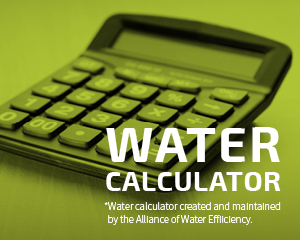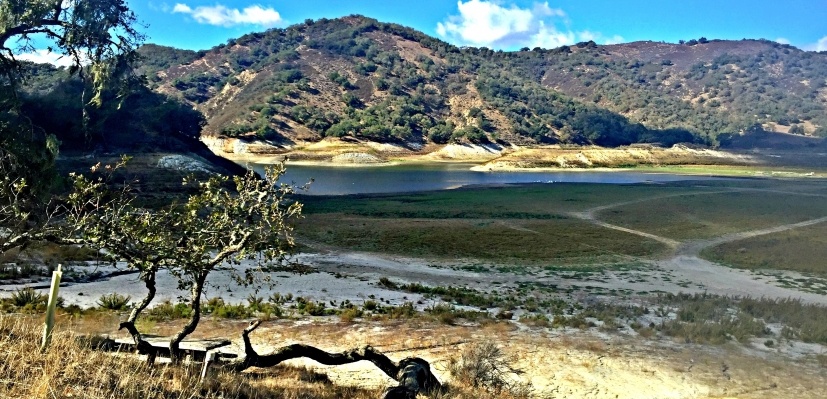Blog
El Nino and the Drought – Will it Help?
08/31/2015
As you may have heard, many scientists are predicting that there is a good chance that this winter will be wetter than average in California. El Nino is caused by the warming of the Pacific Ocean west of South America. This warming causes changes in the atmosphere and the subtropical jet stream which then shapes the weather patterns and can cause strong storms in California in particular. The current water temperatures are on par with temperatures in July of 1997, which resulted in the strongest El Nino on record. The jet stream has also already shifted and some scientists believe it may venture even further North. While this might sound like the miracle we have all been waiting for to end this disastrous drought, at this point, nothing is for certain.
One of the main reasons for the mixed emotions is that most projections are showing that while there is a good chance Southern California will experience a wetter than normal winter, it's only about a 50% chance that Northern California will experience the same. This is particularly important because much of the state's water supply is collected and stored in Northern California. If that area of the states doesn't receive rain (and snow in particular, as snow melting is essential for summer water supplies), then the whole state will still be facing water supply issues and the drought will remain.
Regardless of the El Nino predictions or circumstances, residents and businesses in California should continue to practice water conservation methods. Even if this El Nino proves to be strong and rain and snow occur all over California, we will need more than one rainy season to make up for all of the precipitation we haven’t received over the past four years.
As Californians, we need to view water as a precious research and do our best to conserve and protect our supply for future generations. Drought or no drought, water consumption can no longer be taken for granted and we all need to think differently about the way we use water everyday. Conservation needs to become the new normal.


Edit1.jpg)
0.jpg)

1.jpg)
10.jpg)

edit0.jpg)